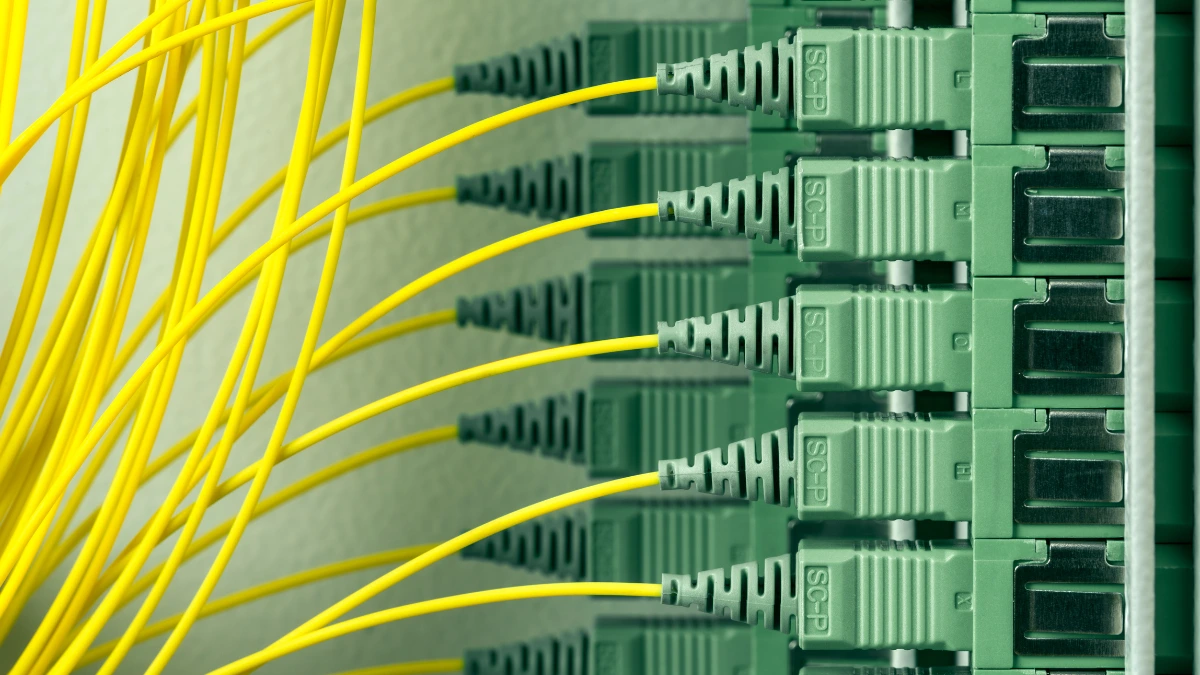10 Gigabit Passive Optical Network (XGPON) is the answer to the demand for faster and more robust networks in the rapidly growing world of fiber-optic communications.
XGPON has the function of providing higher transmission speeds, achieving longer transmission distances, and offering more flexible services. This technology also offers some key advantages in terms of data transmission speed and coverage distance.
This article will discuss XGPON from the definition, explore its key functions, as well as the substantial advantages that make this technology a superior choice for internet service providers and high-bandwidth users.
Also Read
Table of Contents
What is a 10 Gigabit Passive Optical Network?

10 Gigabit Passive Optical Network represents a tremendous leap in the development of passive optical network technology since it delivers higher data transmission speeds, delivering data up to 10 Gbps.
XGPON is specifically designed for the growing demand for broadband with exponential jumps in bandwidth and performance, building on the existing PON architecture. This makes it ideal for internet service providers and end users who require exceptional network capacity, high speeds, and longer coverage.
The Functions of XGPON
10-Gigabit Passive Optical Network has the main purpose of providing an internet connection with high speed and longer transmission distance compared to Gigabit Passive Optical Network (GPON). Here are some of the main functions of XGPON:
- Provides higher transmission speeds: This technology is capable of providing data transmission speeds of up to 10 Gbps for downstream traffic and 2.5 Gbps for upstream traffic, allowing users to experience higher speed internet connections.
- Achieve longer transmission distances: This technology has the ability to cover longer transmission distances than GPON, allowing Fiber To The Home (FTTH) networks to serve more users with high efficiency.
- Offers more flexible services: This technology can support a wide range of services, including internet, VoIP, IPTV, and other data service options, with superior speed and quality.
The Advantages of XGPON

10 Gigabit Passive Optical Network offers some key advantages in terms of data transmission speed and coverage distance. Here are some of the main advantages of XGPON:
1. Large bandwidth support
One of the advantages of XGPON is that it provides large bandwidth support. This technology provides much higher transmission speeds compared to GPON, thus enabling greater bandwidth support and better user experience for demanding applications such as 4K/8K video streaming, online gaming, and various applications that require high bandwidth.
2. Reaching more users

Greater user reach is another advantage of XGPON. By covering longer distances than GPON, it allows service providers of this technology to reach more users at a more efficient cost.
3. Better performance than GPON
Another advantage of XGPON is its better performance than GPON. As an evolution of GPON, this technology certainly offers the same reliability and stability as GPON, even providing significant performance improvements.
Those are the definition, functions, and advantages of a 10 Gigabit Passive Optical Network that you need to know. Another thing to note is that XGPON on the market must pass the certification test from the Directorate General of Digital Infrastructure (DJID).
With DJID certification, users can feel calm about using the 10 Gigabit Passive Optical Network technology whose quality and security are guaranteed. For manufacturers or importers of this technology, obtaining certification from DJID is a mandatory step before the device can be officially marketed in Indonesia.
To simplify the certification process, you can use Type Approval Certification Services for ICT Products are available to assist with this process as a reliable solution.

















